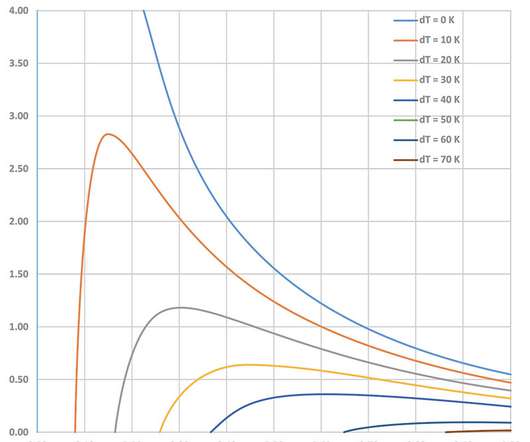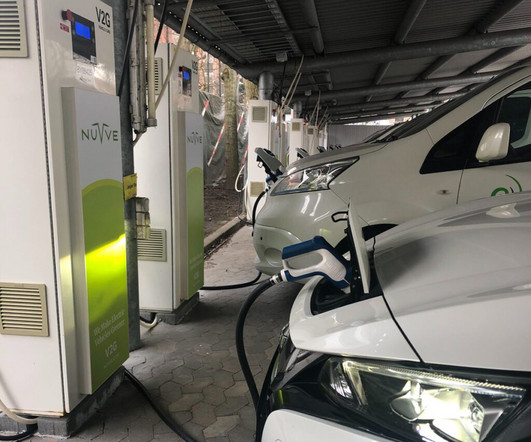U Toronto LCA suggests that with CNG as primary vehicle energy source, EVs best targeted at non-attainment areas
Green Car Congress
APRIL 1, 2015
This distinction can have important policy implications for regions that rely on non-petroleum sources of electricity, which is increasingly natural gas in much of the US. —luk et al.






























Let's personalize your content